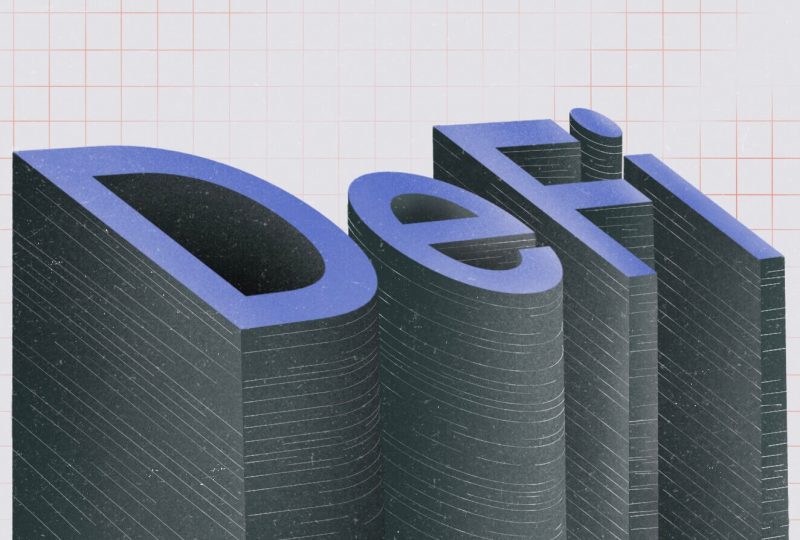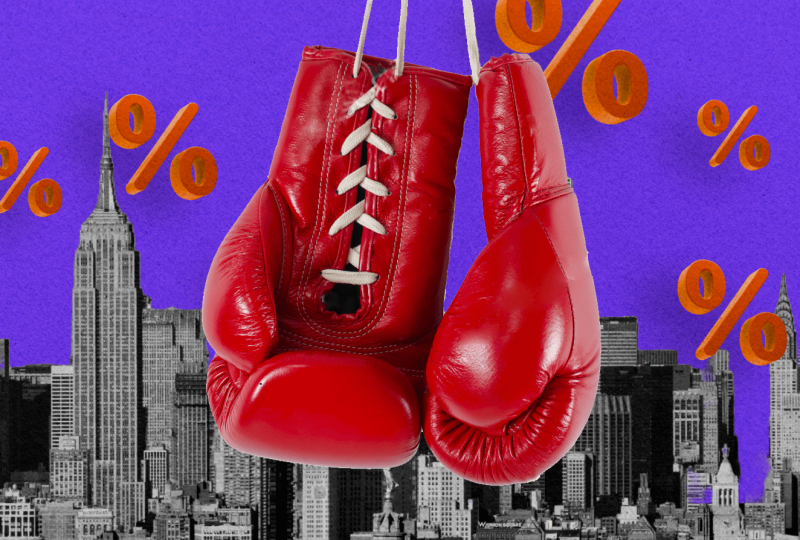What are DeFi liquidity pools?
Oct 21, 2021

Decentralized Finance (DeFi) has revolutionized the crypto industry, making digital assets more available and multifunctional for users. Decentralized platforms enable signed-up clients to lend and borrow digital assets, issue their own digital currencies, and more. The total value locked in DeFi projects is $95.2 billion (438% of yearly growth).
Decentralized platforms as providers of DeFi services
Traditional crypto exchanges, investment funds, and other platforms are centralized, ruled by a certain company. Users let those platforms store their assets, relying on a platform’s security and trustworthiness.
Decentralized platforms are driven by other principles. Crypto holders store and manage crypto assets on their own. When a holder needs to exchange or invest funds, he (she) connects wallets (MetaMask, Trust Wallet) and makes all the transactions through those wallets.

What is a DeFi liquidity pool, and why are liquidity pools important?
Since decentralized platforms are not the ones that manage users’ funds, those platforms are not able to form liquidity pools on their own.
A liquidity pool is required to provide other users with access to decentralized services (yield farming, loans, margin trading, etc.). Let’s dive into the mechanism of how important liquidity pools are for the DeFi market.
Lending is the most in-demand DeFi category. 4 out of the top-5 DeFi projects with the largest capitalization represent lending. Such platforms empower users to deposit money and get profits or obtain crypto loans based on collateral.
1) Imagine that you have some extra funds you are not going to use for trading or investing. When those assets are stored on an exchange or a wallet, you get nothing. DeFi lending platforms offer to invest in their liquidity pools and receive passive income.
2) Holders select a lending platform and then choose an asset to invest in. APRs change constantly and depend on the interconnection between demand and supply. For instance, you prefer USDT over other possible assets, playing the role of a crypto liquidity provider for that stablecoin.
3) Your funds are locked in a liquidity pool, and borrowers may get USDT loans secured on ETH coins. The lower funds are not borrowed inside a liquidity pool, the higher APRs grow.

DeFi categories that are based on liquidity pools
On top of the lending category, liquidity pools are of much account for yield farming and margin trading.
Yield farming lets investors who lock their funds in a project’s liquidity pool earn native tokens issued by a project. Why is liquidity important? First and foremost, the more investors are involved, the higher project’s development rates increase. Furthermore, a liquidity pool formed by investors from throughout the world maintains the decentralized principles of a project, as it becomes impossible for investors to be in a conspiracy.
As for margin trading, users get an opportunity to buy assets with the help of borrowed funds to reach higher profits. Meanwhile, an exchange doesn’t offer funds to borrow. Investors place their own digital assets to let traders use those funds for margin trading. Investors get passive income instead.
How protected are funds in DeFi liquidity pools?
When investors provide cryptocurrency liquidity inside a DeFi project, they are interested in safety and security. What if a borrower would not return funds back?
Decentralized Finances are designed to protect investors as much as possible. As for lending, collaterals are always required to back crypto loans. This is why lenders face no risks. The same concerns margin trading. When a price drops to a certain level, a platform sells assets automatically.
Meanwhile, investors need to dive deeper in a project to find out some information about its reputation, trust level, and experience. Top-rated projects are secure enough, but scam projects sometimes penetrate the DeFi market as well.
Furthermore, investors are free to get their crypto money back from a liquidity pool. Just click the button (Withdraw, Lend, Close), and your funds will be instantly returned to a wallet.
The liquidity of DeFi projects is transparent, as all the transactions are inscribed in the blockchain. This is why no dark pool liquidity exists. Such a factor protects investors more, as they may easily understand how many funds are already locked in a project.
The DeFi market is a new word in the industry of digital assets. This sphere serves as a bridge between innovative and revolutionary digital assets and conservative and traditional fiat currencies. The market opens new opportunities for everyone.




